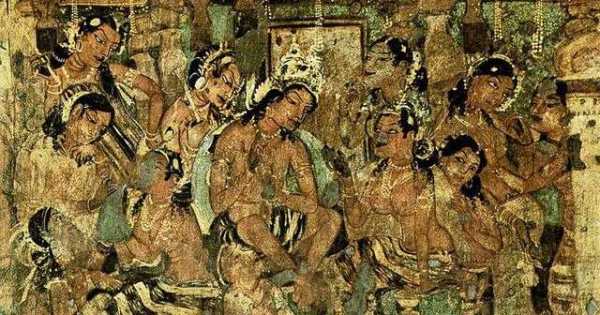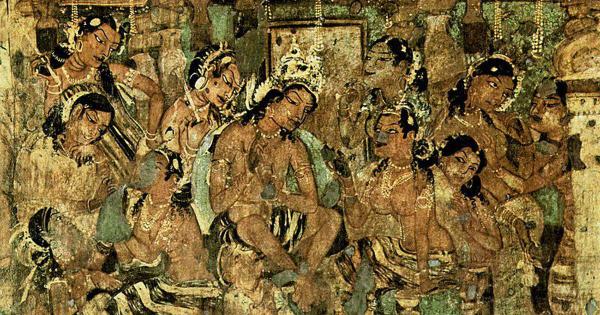

“The flesh tones of the prince are pale and silvery. The queen is nearly black. In the general colouring, sober reds and some vivid pale blues and good bluish greens are introduced among greys, browns and whites. The effect is rich and quiet.”
This vivid account of the Bodhisattva Padmapani mural from the Ajanta caves in Aurangabad by Christiana J Herringham appeared in a June 1910 issue of The Burlington Magazine for Connoisseurs. At the time, such detailed verbal descriptions was one of the only modes of representing these hidden frescoes to a world that had not yet seen them.
The other mode was, of course, copying the images onto portable mediums like canvas and paper so they could be exhibited and printed for viewers. Herringham attempted to deliver on that front as well, leading a historic project, involving some of India’s greatest artists, to bring ancient paintings into the light of modernity. Indeed, the story of her endeavour encapsulated some of the intertwined phenomena which this luminous modernity was marked by: revivalism, suffragism and swadeshism.
Before Herringham, the Ajanta caves were not unknown. that Abu’l Fazl mentioned them in Ain-i-Akbari in the 1590s. But it was only in the 19th century...